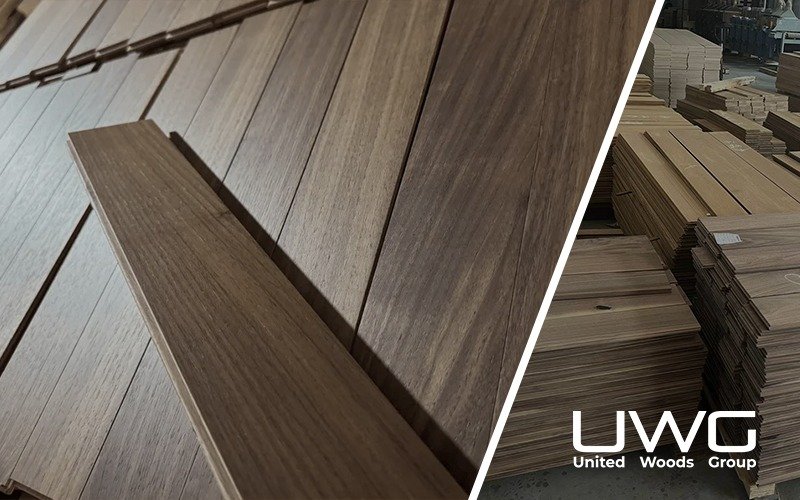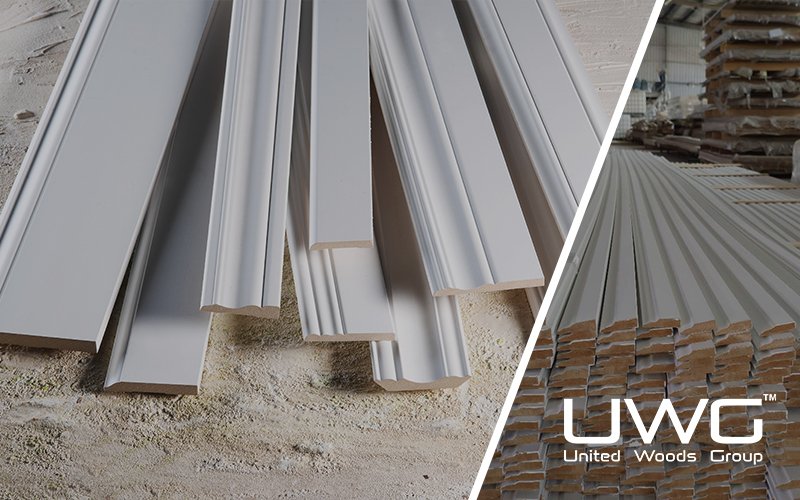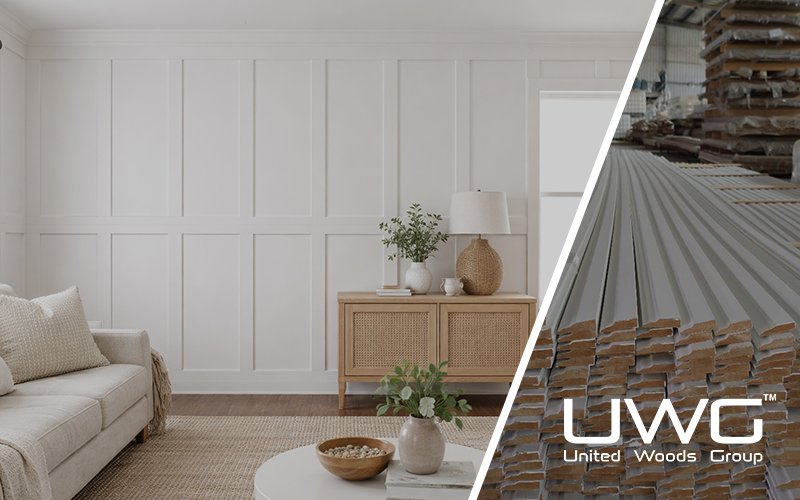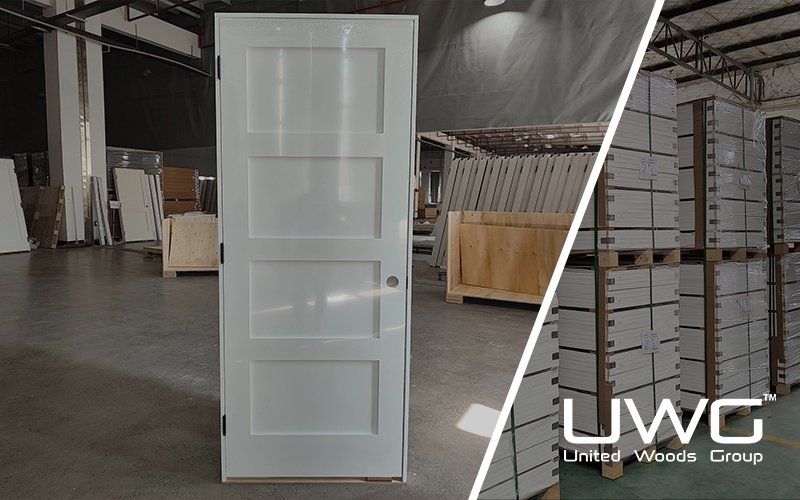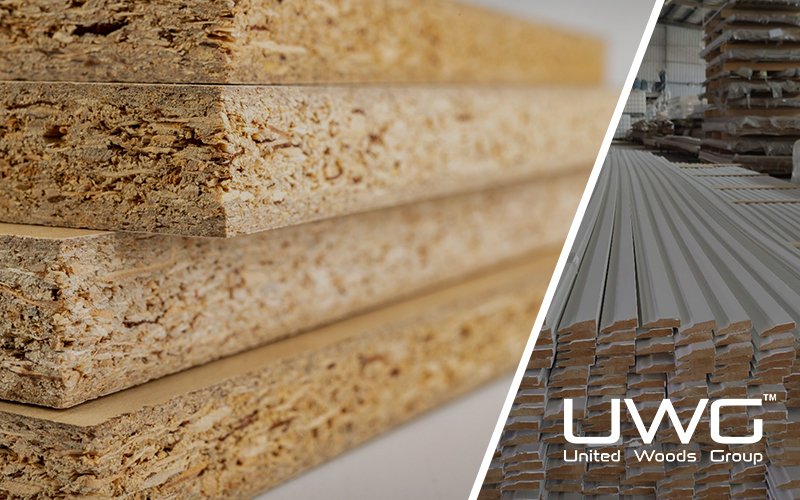Choosing flooring isn’t just a finishing touch—it’s a foundation. Pick the wrong material, and your entire project could suffer. But with so many options, where do you begin? In this guide, I’ll break down exactly how to select the most durable, cost-effective flooring for every type of build.
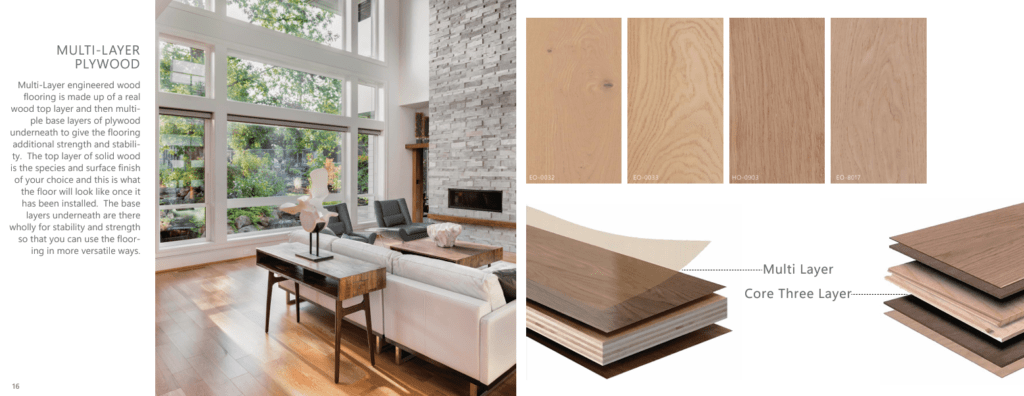
Common Types of Flooring and Their Material Composition
When choosing flooring for a residential or commercial space, it’s essential to understand the construction and material composition of each flooring type. Here are four of the most commonly used flooring types in today’s market—laminate, engineered wood, SPC, and solid hardwood—each with its own structure, advantages, and ideal applications.
Laminate Flooring
Laminate flooring is a cost-effective, multi-layer synthetic flooring product designed to mimic the appearance of natural wood. Its core structure typically includes:
- Wear Layer: A transparent, resin-based top layer that resists scratches and daily wear.
- Decorative Layer: A printed image layer that replicates the look of wood, stone, or tile.
- High-Density Fiberboard (HDF) Core: Provides structural strength and stability.
- Backing Layer: A stabilizing base layer that helps resist moisture from below and improves dimensional balance.
Engineered Wood Flooring
Engineered wood flooring offers the natural look of real hardwood while improving stability and moisture resistance. It’s made up of:
- Top Veneer Layer: A thin layer of real hardwood (usually 2–6 mm thick), which can often be sanded and refinished.
- Core Layers: Multiple layers of plywood, softwood, or HDF arranged cross-directionally to reduce expansion and contraction.
- Bottom Balancing Layer: Helps stabilize the plank and resist warping.
SPC Flooring (Stone Plastic Composite)
SPC is a type of rigid vinyl flooring that stands out for its extreme durability and waterproof construction. Its layered structure includes:
- UV Coating: A surface treatment that improves stain and wear resistance.
- Printed Vinyl Layer: Adds visual appeal with wood or stone designs.
- SPC Core: Made from a blend of limestone powder, PVC, and stabilizers—creating a dense, rigid, and waterproof center.
- Attached Underlayment (optional): Foam or cork base for noise reduction and added comfort.
Solid Hardwood Flooring
Solid hardwood is made from a single piece of natural wood and is considered the most premium flooring option in terms of aesthetics and lifespan. Key features include:
- Single-Solid Wood Structure: Cut from a whole piece of timber. Common species include oak, walnut, maple, and teak.
- Surface Finish: Pre-finished or site-finished coatings enhance appearance and protect against wear.
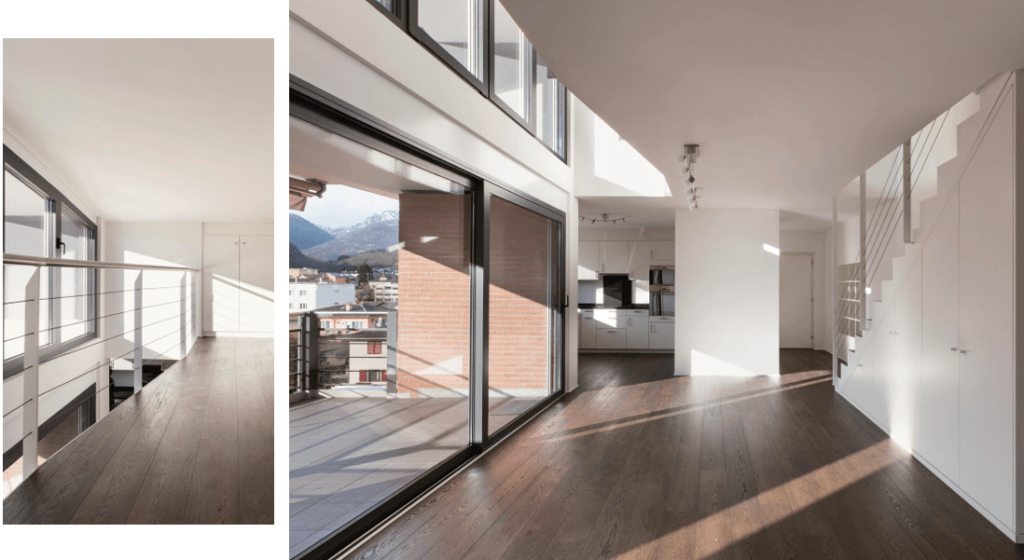
SPC vs Laminate vs Engineered: Which Is Easiest to Install?
- Laminate and SPC:
Both use click-lock systems, making them ideal for floating installation. No glue or nails required. A good choice for quick renovations. - Engineered Wood:
Offers more flexibility—you can float, glue, or staple/nail down depending on the subfloor and product type.
SPC requires a perfectly level subfloor due to its rigid core. Laminate is more forgiving on uneven surfaces.

What Are the Key Factors to Consider When Choosing Flooring Materials?
When choosing flooring for a project, these five core elements should always guide your decision:
- Durability – Can it withstand wear and tear over time?
- Cost – Does it fit the project budget and long-term maintenance plan?
- Aesthetic – Does the look complement the design vision?
- Maintenance – How easy is it to clean and repair?
- Environmental Impact – Is it sustainably sourced or recyclable?
As a contractor or wholesaler, aligning material specs with client expectations is crucial—especially when balancing form, function, and cost.
Real Use Cases: What Flooring Do Pros Use in Different Projects?
- Small Apartments: Laminate or SPC—affordable and easy to maintain
- Villas with Heating Systems: Engineered wood compatible with radiant heat
- Retail Stores or Offices: SPC for durability, or laminate for budget-friendly installations
- Luxury Homes: Solid hardwood for high-end aesthetics
Choose based on end-use, lifestyle needs, and installation conditions—not just appearance.

Summary
Choosing the right flooring means understanding each material’s purpose. From SPC’s waterproof durability to hardwood’s timeless elegance, each option has its place. Match design, function, and budget—and always install with care. Want lasting results? Choose smart, install right, and let the floor speak for your work.ations.

